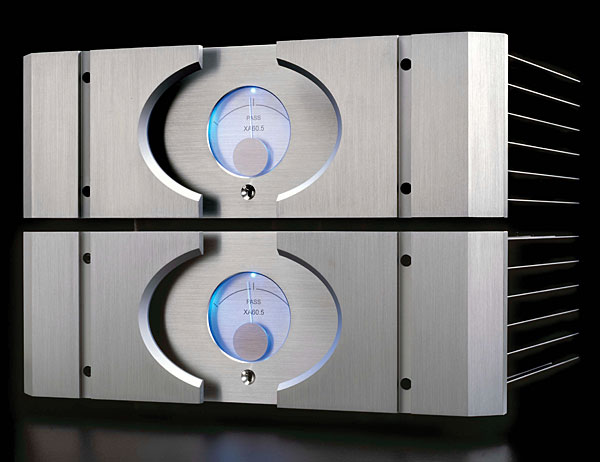| Columns Retired Columns & Blogs |
70°C below a rated maximum is 126°F below rated max, not 158°F
25°C above ambient is 45°F above ambient, not 77°F
"Nelson Pass says that the actual chip temperatures are about 70°C (158°F) below their rated maximum. But with that much bias current, a class-A amplifier will run hot, "about 25°C [77°F] above ambient,"







































